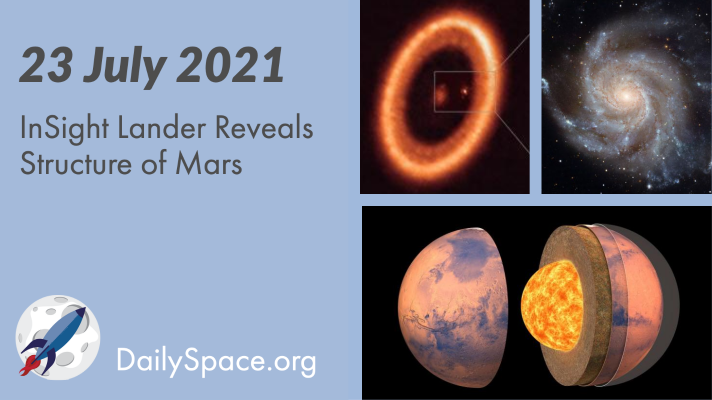
Jul 26, 2021 | Active Galaxies, Climate Change, Comets, Daily Space, Earth, Exoplanets, Mars, Venus
In three new papers released this week, scientists analyzed data from NASA’s InSight lander to reveal the structure of Mars and its layers, revealing information about the planet’s crust, lithosphere, mantle, and core. Plus, isotopes in an exoplanet’s atmosphere, a potential exomoon being formed, the heart of a radio galaxy, and black holes impeding stellar birth.
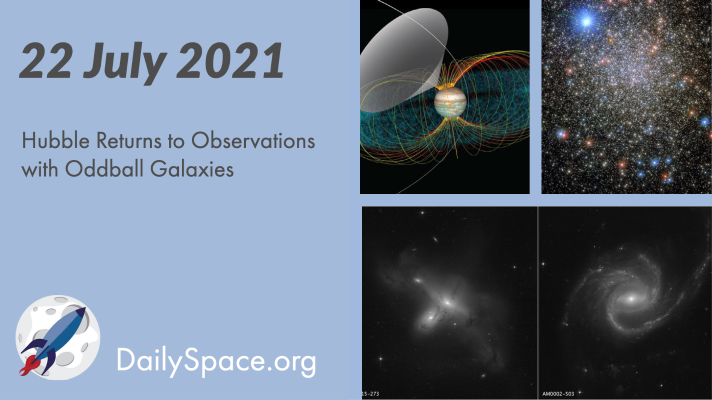
Jul 23, 2021 | Conferences, Daily Space, Exoplanets, Galaxies, Globular Cluster, Jupiter, JWST, Perseverance, Sky Watching, Spacecraft, Spitzer, Stars, White Dwarfs
After several weeks of trying different methods, the operations team successfully revived the stalwart Hubble Space Telescope, which experienced a payload computer fault back on June 13. The first images taken were of several unusual galaxies. Plus, Jupiter’s moon Io triggers radio emissions from the giant planet, and this week, What’s Up returns with a look at the Summer Triangle.
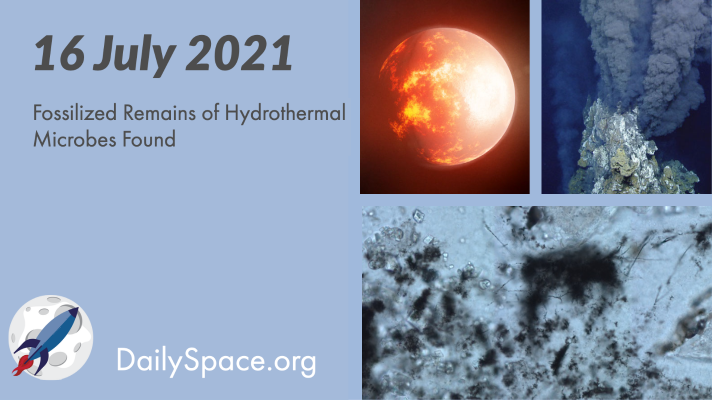
Jul 20, 2021 | Astrobiology, Daily Space, Earth, Exoplanets, Fast Radio Bursts
The fossilized remains of methane-cycling microbes have been found in exposed sedimentary seafloor rocks in South Africa. These microbes, dating back 3.42 billion years, could extend the fossil record back to when life first began on Earth. Plus, teenage exoplanets orbit sibling stars, and gamma-ray bursts happen on schedule.
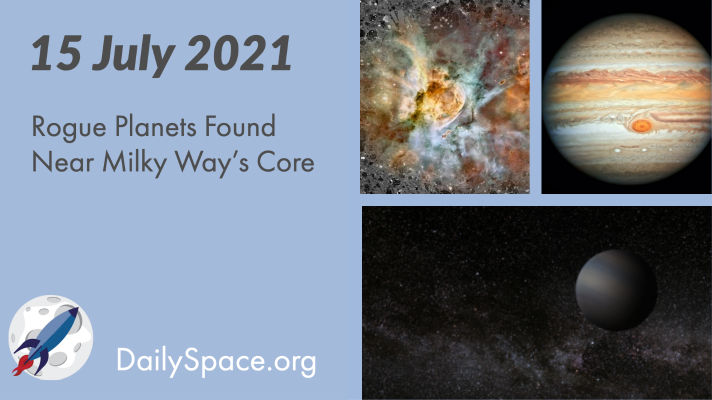
Jul 16, 2021 | Asteroids, Black Holes (Stellar), Conferences, Daily Space, Earth, Exoplanets, Globular Cluster, Jupiter, Kepler, Mercury, Our Solar System, Stars, Supernovae
Using data collected by NASA’s Kepler Space Telescope, scientists have found four free-floating, or rogue, planets near the core of the Milky Way. These planets formed in discs in other planetary systems and were thrown out by gravitational interactions with larger planets. Plus, the early solar system, including ancient Earth, Jupiter’s chemistry, and Mercury’s core.
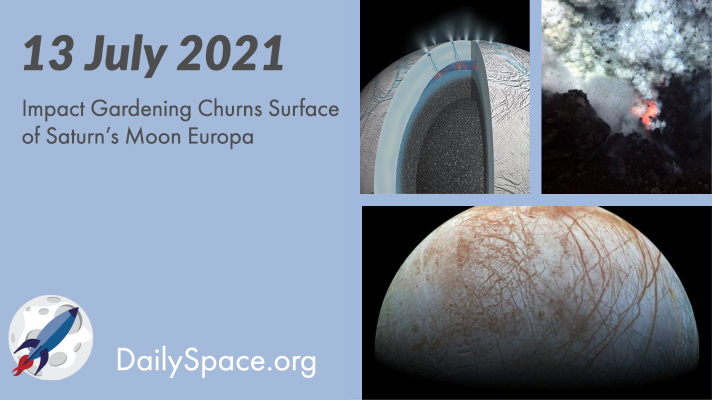
Jul 14, 2021 | Blue Origin, Crewed Space, Daily Space, Earth, Jupiter, Our Solar System, Saturn, Space China, Spacecraft, Virgin Orbit
Over tens of millions of years, the surface of Europa has been churned by impacts down to an average depth of 30 centimeters. This churning means that the search for chemical biosignatures must look below that zone. Plus, methane and icequakes at Enceladus, predicting underwater eruptions, Virgin Galactic’s flight, and a Chinese spacewalk.
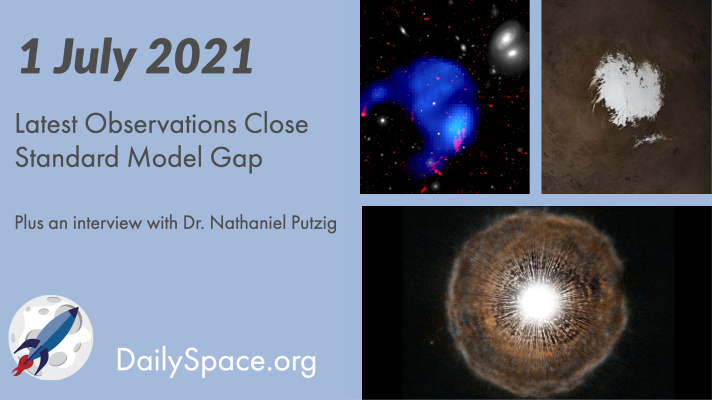
Jul 2, 2021 | Cosmology, Curiosity, Daily Space, Galaxies, Guest Interview, Mars
In a new paper, a renowned physicist’s overview of recent observations shows that the gap in the universe expansion calculations is closing. The Standard Model may be fine after all. Plus, Mars’ methane mystery, an orphan cloud, galaxies moving to collide, and an interview with PSI’s Than Putzig about just what is under Mars’ south polar ice cap.








 We record most shows live, on Twitch. Follow us today to get alerts when we go live.
We record most shows live, on Twitch. Follow us today to get alerts when we go live.